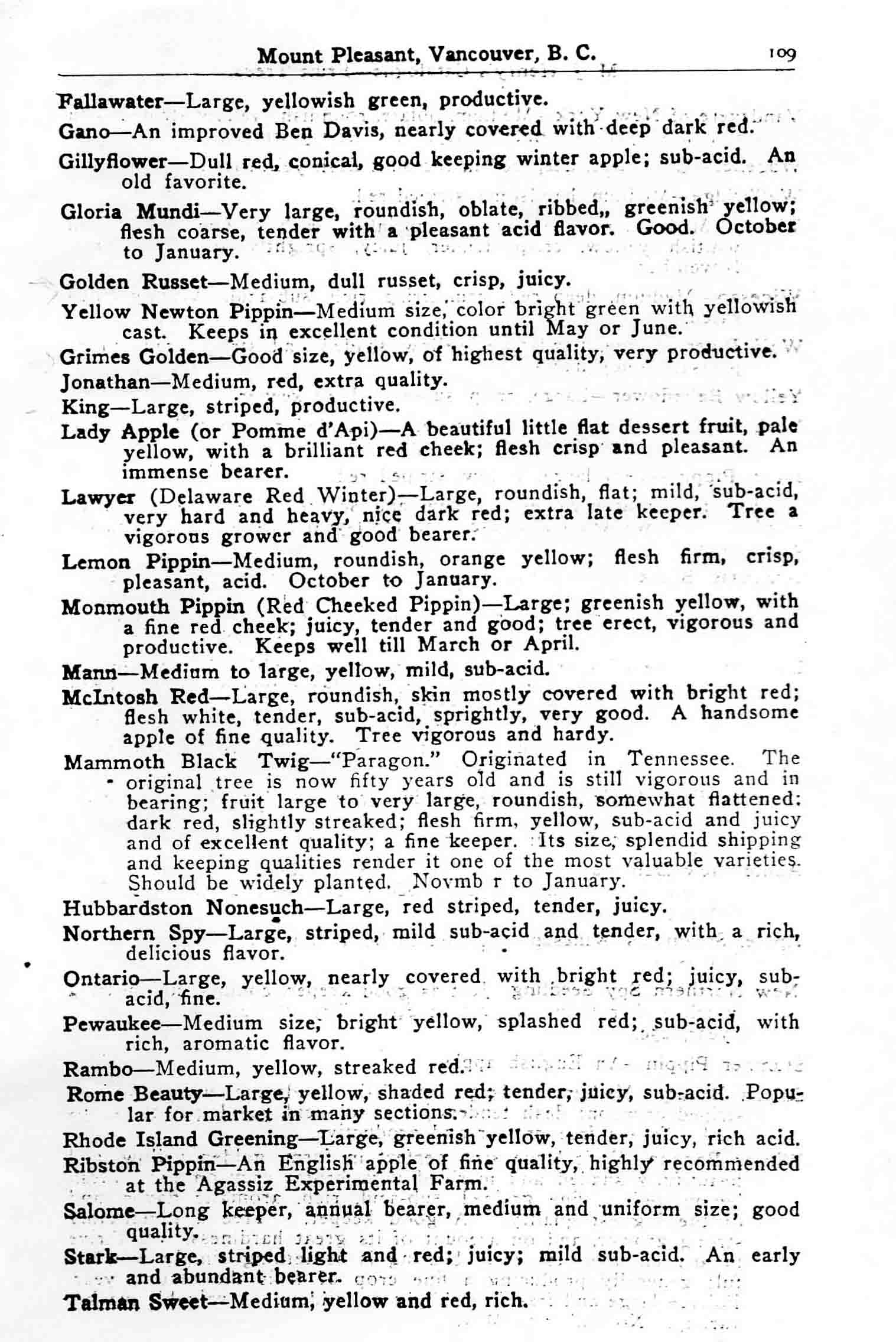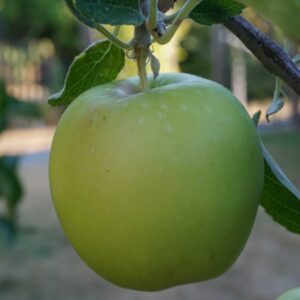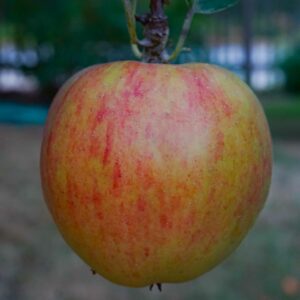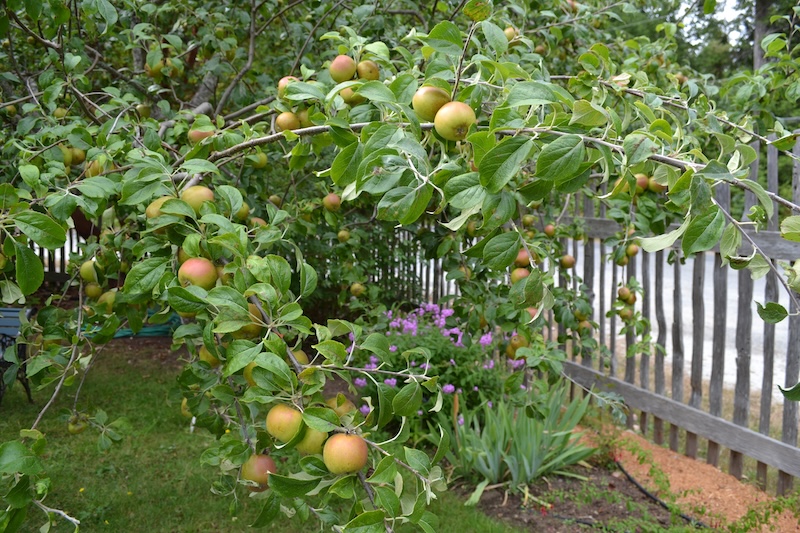Heritage Apple Trees – Living History
— by Donna McLaren; Top Image: Russet Apple Tree Photo by Margot McLaren
Up and down the coast, in coves and sheltered inlets, are orchards where homesteaders cleared the land and established farms from the mid- to late-1800s to the 1950s. Beginning in 1889, the Union Steamship Co. steamships came from Vancouver weekly bringing mail, people, and freight. Coastal residents travelled to and from Vancouver as passengers, and produce could be shipped from coastal farms to market in Vancouver. For those early decades, many families looking for another kind of life put their energies into establishing homes and farms on coastal lands backed by forests.
Residents were able to order young apple trees locally from Vancouver nurseries and also from Ontario, New York, and England. An example of a Vancouver nursery supplying apple trees to coastal homesteaders is the 1909 M.J. Henry’s Catalogue which lists seventy-six different apple varieties that could be shipped as freight on Union Steamships as one-year-old trees. Famous apples on the list include Gravensteins, Belle de Boskoop, King, Golden Russet, Yellow Transparent, Grimes Golden, King, and Cox’s Orange Pippin, all still grown today.

By the 1950s, economic activities on the coast had begun to change as the mainstays of coastal life, logging and fishing, were increasingly carried out by larger companies rather than the earlier hand loggers and small boat fishers.
Union Steamships Co. was bought by the Canadian Pacific Steamship Co. in 1948 and ran until 1956. Competition from floatplane services served to hasten the end of the steamship service and the boats were seen no more on the coast.
Coastal orchards were on lands that had been pre-empted by homesteaders who became owners by a grant from the crown. As circumstances changed, some were unable to pay their taxes and left the land. Their old orchards dot the coast, and boaters in the summer gather the windfall apples. Little remains except for the old apple trees and sometimes a chimney or stone walls and terraces built from the stones unearthed during land clearing. Some homesteaded lands have survived as farms, including on Cortes Island.
The apple trees are the physical reminders of a hard-working, but independent, life. Evidence of that time is now in archival photos, history books and memoirs of childhood holidays on grandparents’ farms.
The Cortes Island Museum Heritage Garden includes three heritage apple trees. The trees were donated by Inner Coast Nursery in 2003. The apple descriptions below are from the Nursery’s Mail Order Catalogue 3rd Edition published in 1996.
Grimes Golden
Old, highly prized dessert apple which originated as a chance seedling found by Thomas Grimes in West Virginia around 1804. It ripens in October and keeps from October to January. Multiple uses, including as a very good dessert apple and a cider apple. Medium to large size, it has crisp, fine-grained flesh with an aromatic flavour. A tree of about 12 feet on M7 semi-dwarf rootstock in the Heritage Garden.

Russet
Very good dessert apple, also used for juice and cider, which originated from a Cortes Island homestead orchard. It resembles a Golden Russet, which is an old American dessert and cider apple from upstate New York dating from the mid-1880s. It ripens in mid-to-late October and stores well. It is crisp, highly flavoured and fine-textured with greenish skin overlaid with fine brown russetting and a yellow-red blush on one side — a large tree of about 18 feet on standard Antonovka rootstock in the Heritage Garden.

King
An American apple, grown since the early 1800s, from Tompkins County in New York state. It is a good dessert apple and is also used for making apple sauce, baking, and juice. It is a large, yellow apple with red stripes and flush, crisp, coarse, juicy flesh, and aromatic flavour. It ripens in late September to early October and stores for two months. Apples are prone to scab and mildew. It is a triploid tree that requires two pollinators. A vigorous tree of about 12 feet on M7 semi-dwarf rootstock in the Heritage Garden.

The three heritage apple trees are now mature and provide welcome shade and samples of the fruit for summer visitors to the Museum and Heritage Garden.



